The Super Bowl is more like a national holiday than a sporting event. Every year as we inch closer to the big day we see products and applications with one common theme — American football. People get invitations to enjoy a Super Bowl match from those who haven’t even watched a single game all year.
The Super Bowl has become more like a tradition, where the entire nation comes to halt for a day, sitting together, evaluating, watching, and discussing TV commercials. It is more than just a championship game; it is a championship of advertising.
Since the very beginning, Super Bowl I of 1966, companies—be it large or small scale businesses—have thrown some crazy amounts of money to buy ad spots during the Super Bowl, recognising the airtime as a major opportunity to reach millions of viewers in one night.
For Super Bowl I, 30-second commercials were sold for US$37,000 — a small price to pay for showing the ad to nearly 25 million viewers. However, once the return on investment became apparent, the price for these 30-second ad spots kept increasing steadily. It reached over a million dollars in 1994, over two million by 1999, and kept on increasing throughout the 2000s and 2010s, so much so that a 30-second ad spot was bought at a staggering US$5.7 million price in 2021.
But what is it that makes certain companies and organisations so keen on spending such a hefty fee for a slot of advertisement? While previous studies carried out by several reputed universities have claimed that there really isn’t a boost in sales for the brands after their Super Bowl ads air, a new study from the University of Minnesota Carlson School explains how Super Bowl ads bring immediate spikes in online searches and word-of-mouth impressions.
The study found advertisers should expect to see:
- A 16% increase in total word-of-mouth impressions (both online and offline conversations) during the month of the game;
- A 22% word-to-mouth increase the week after the Super Bowl;
- A 68% increase in solely word-to-mouth impressions on the day of the Super Bowl.
So, why are these companies willing to pay almost any amount of money for a Super Bowl ad?
Unmatched audience and reach
As the Super Bowl is one of the biggest sporting spectacles in the United States, Super Bowl ads mean advertisers are guaranteed to have millions of eyes on their products. Moreover, these ads get added coverage from news channels, viral campaigns, and social media channels, thus making it an unofficial national holiday dedicated not only to gridiron lovers wholly but in parallel with advertising itself.
Although Super Bowl LV recorded the lowest viewership count (96.4 million) since the 2007 Super Bowl, the Ads’ Inventory for Super Bowl LVI has been virtually sold out since September 2021, with the highest price for a 30-second ad spot hitting a record US$6.5 million, even though the annual game has seen a steady decline in viewership after reaching a record 114.4 million in 2015.
“Loretta” – Google (2020)
Google’s 2020 Super Bowl ad “Loretta” is a great example of companies using this huge audience and reach to pitch their message home. Loretta tells the story of a man who doesn’t want to forget the memories he had with his wife.
The man types “how to not forget” into Google and gets results about how to improve memory. He then uses voice search to say, “Hey Google, show me photos of Loretta.” As he clicks through photos, he explains some of the fond memories he had with his wife. For example, at one point he searches for a lake in Sitka, Alaska, and says to Google, “Remember. Loretta liked visiting Alaska.” The text from the Assistant says, “Okay. I’ll remember that.”
At the end of the ad, after viewers had felt a wide range of emotions, Google promised to provide users “A little help with the little things”. While many ads focus on providing something catchy, filled with comedy, or highlighting celebrities, Google took an emotional approach to remind their customers how its products can help people at different stages of their lives. As the Search Engine helped the man learn tips to remembering things, Google Drive and Assistant helped him relive some of the precious memories related to his marriage.
Pop culture permeation
As can be seen with some of the iconic ads from the likes of Budweiser, HBO, and Newcastle among many others, some of the most memorable ads have acknowledged pop culture or literature and weaved memorable storylines around them.
In 1999, Budweiser released the “Wassup???” Super Bowl ad. In the ad, a man answers the phone while watching a big game. As his friend on the other line asks “Wassup?”, the man on the couch, with a shrug, answers, “Nothing. Just watchin’ the game and drinkin’ a bud!” The scene escalates when one of his roommates walks in and yells “Wassup!!!” He picks up the connecting phone and, in true 1990s style, the three men start yelling “Wassup!” louder and louder as others join in and leave the call before it all gets quiet and the other friend then asks “So, wassup?” The two others on the phone again say, “Nothing. Just watchin’ the game and drinkin’ a bud.” Then, everyone says, “True”, as the ad ends.
“Wassup???” – Budweiser (1999)
Although many might consider this a waste of time and money, it definitely wasn’t. When you are watching the ad as a viewer, you are taking in three common things, the three friends watching a big game, all of them drinking a Budweiser, and the “Wassup?” marathon — essentially a marketing tool to make the commercial funny and memorable. “Wassup” continued getting referenced in the second half of the 2010s, thus increasing the sale of Budweiser’s “Wassup” line of beers and setting a trend that lasted more than a decade, making it one of the most successful ad campaigns in the history of the Super Bowls.
Pushes Boundaries
At the dawn of 1984, Apple leveraged the George Orwell classic “1984” into an award-winning Super Bowl ad campaign.
Steve Hayden, who was one of the creators of the ad, talked about how it ended up running during the Super Bowl. Hayden revealed in an interview with Business Insider “Brought to you by…” podcast that Steve Jobs wanted an ad to announce the advent of Macintosh that would stop the world in its tracks. For this, Apple Computer came up with “1984”, created by the agency Chiat/Day and directed by Ridley Scott, it followed the concept of the 1948 George Orwell novel that followed a 1984 dystopian society where everyone dressed the same and conformed to the same leader, views, and ideologies.
“1984” – Apple (1984)
The advertisement featured a woman wearing track and field clothing (orange shorts and a white top branded with an image of the Macintosh) sprinting into a large auditorium and carrying a large hammer. The Super Bowl ad brings the conformist community in 1984 to life as you see men marching in straight lines towards the large auditorium as their leader is on display on a large scene, telling them, “We are one people, with one whim, one resolve, and one cause.”
At the climax, the woman with the hammer starts running towards the screen and launches the hammer into the screen as it explodes. A narrator concludes, “On January 24, Apple will introduce the Macintosh. And you’ll see why 1984 won’t be like ‘1984’.”
This well-directed ad by Ridley Scott not only portrayed a famous book but was also boldly symbolic of the early tensions and monopolies in Silicon Valley. At the time, Apple Computer was considered a young, cocky, and disruptive company, while IBM was the only tech giant in the PC industry. Thus, through this ad, Apple explained how innovation, disruption, and techno-unique underdogs will destroy the monopolies of the future.
Relatability
After it came to Microsoft’s attention that people with missing limbs or limited mobility were having trouble holding and pressing buttons on the video game controllers, the tech giant developed an adaptive controller with touchpads rather than buttons.
Once the controller was launched, Microsoft highlighted this story of how it solved the problem for the customers in a Super Bowl ad in 2019, titled “We all win”.
In this award-winning campaign, Microsoft interviewed children with mobility issues and missing limbs about why they loved video games, but how they still faced difficulties with game controllers due to their disabilities. Many children and their parents featured in the ad, explaining that gaming helped them connect with friends in ways that they might not have been able to otherwise, but because of the then-current line of controllers, they had difficulty playing or competing in many games.
“We all Win.” – Microsoft (2019)
After demonstrating the problem, the ad showed the children using Microsoft’s new adaptive video game controllers, explaining how it made gaming easier and more accessible to them.
“We All Win” not only tugs on your heartstrings, but it also encourages solving for the customer and accessibility by explaining how Microsoft took the time to develop a product that fixed a major problem faced by a unique group of customers. This ad makes you believe that Microsoft genuinely cares about its customers and will make extra efforts to ensure that everyone has a great experience with its products.
Creating brand awareness
Companies are recognising the importance of interactive campaigns both before and after the Super Bowl. With the price for a 30-second ad having eclipsed the US$5-million mark by 2018-19, marketing strategies surrounding the Super Bowl have moved past just a 30-second ad. A great example of this can be the “It’s a Tide Ad!” campaign, another Super Clio winning, created by the clothing detergent company Tide as well as marketing agency Saatchi & Saatchi New York.
In late 2017 and early 2018, Tide released a number of ads with storylines that had nothing to do with Tide. Moreover, with every ad, as it reached its climax, someone in the ad would say, “It’s just another Tide Ad”.
“It’s a Tide Ad” – Tide (2018)
This campaign started with a long Super Bowl ad featuring popular actor David Harbour and won an Emmy nomination. The Stranger Things actor showed up in several common ads, and as he would appear in each commercial, he would explain that all of the ads had one thing in common: clean clothes washed by Tide detergent. In the end, he would say, “So, does this make every Super Bowl commercial a Tide Ad? I think it does.”
Since Tide has only one job, i.e. to keep clothes clean, humour and light-hearted commercials like these can be a great way to show off the brand’s strength with such attention-catching and silly ways, making both the product and the ad memorable for the viewers. It is effective too, because if you now go to the supermarket to get detergent shortly after seeing this commercial, Tide will be the first thing popping into your head.
Prestige play
Buying ad time for the Super Bowl is often a sign of prestige. By buying Super Bowl ads, big companies can show that they have powerful brands with mass audience appeal, while emerging companies get their desired big splash of media attention. Running a Super Bowl ad is a sign that companies are willing to show their hands and be a big player in the media landscape.
But what happens when you can’t afford a Super Bowl ad? What do you do?
Cross-promote with brands who will pay for it. That’s what Newcastle, a popular beer company, did back in 2015.
Before the 2015 Super Bowl, Newcastle launched a call-to-action video where actress Aubrey Plaza encouraged brands to pool their money for one big ad. Since Super Bowl ads were priced well over US$4.7 million that year—not including production—several big and small brands reached out to Newcastle to join in for a chance to be featured in the ad (some were eager even for a couple of seconds of cameo screen time).
“Band of Brands”
This one-minute-long ad is filled with product placements of as many as 37 brands as it tells the story of a couple that’s moving into a new home, celebrating the occasion with a Newcastle beer. As they unbox packs and move appliances, they not-so-subtly talk us through all the appliances while holding them up to the camera.
There are some obvious visual product placements: inside the refrigerator, shelves, or the stairway, where logos are hung on the wall like paintings, or decorations when the man hurries up the stairs.
The two also work brand names into their conversations. For example, as the ad starts the man says, “Ah, Newcastle. Hard to believe we met on Match.com, and now a year later, we are married and moving into a new house.”
This is a clever example of how 37 brands took product placement and co-marketing to the extreme, as they got their Super Bowl airtime virtually for free with a unique and funny commercial storyline.
Conclusion
Social media engagement is the number one driver of website referral traffic, and every company that advertises during the Super Bowl shares its commercial across its social media channels.
Last year, the major Super Bowl commercials that were released before the game were already watched over 100 million times online before the morning of the game, according to analytic company Pex, which tracked ads across various platforms. Besides, almost 79% of marketers agree that email marketing actively generates ROI.
Airbnb, for instance, after airing a 30-second commercial “We Accept”, used email marketing to drive its message home to consumers. Two days after the commercial aired during the Super Bowl, emails were sent out to its eCommerce list with the subject line “Acceptance starts with all of us.” Clips from the ad were included in the body of the email along with a call to action button to encourage users to “Learn more” about the products and services offered.
Thus, Super Bowl commercials have become a staple of the Super Bowl tradition, and companies aim to drive their message home through other ad buys as well as their commercials. Companies have identified that, apart from a 30-second Super Bowl ad spot, there is a before and after to a Super Bowl as well, which makes them use different marketing strategies and tools to master the pillars of this three-act play.
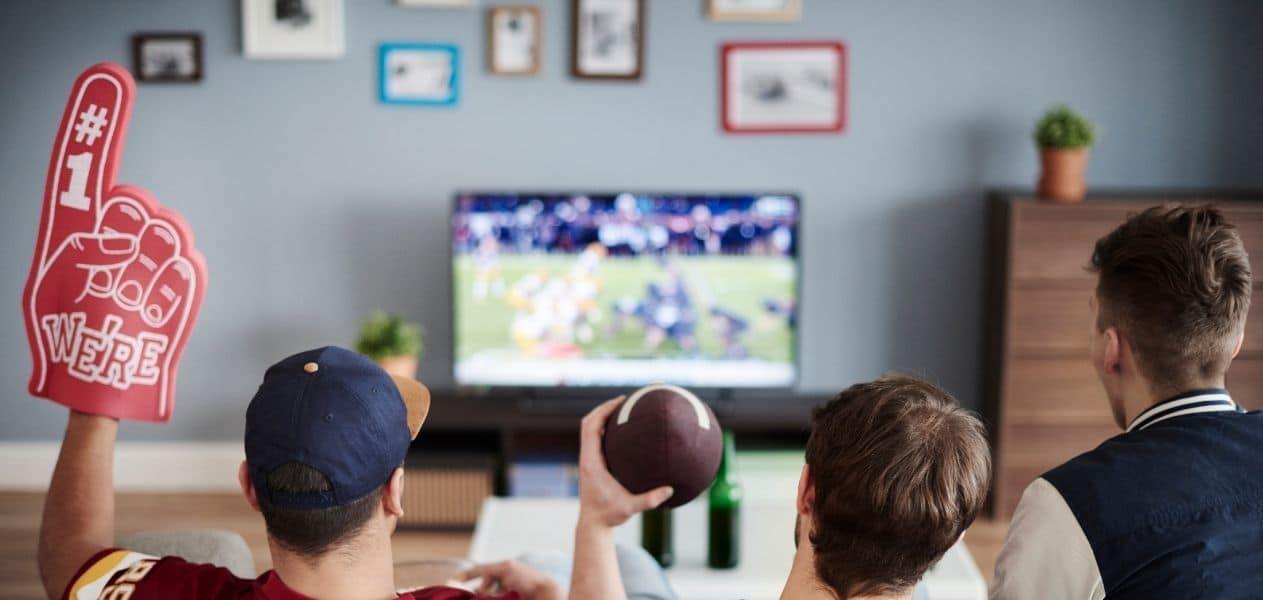

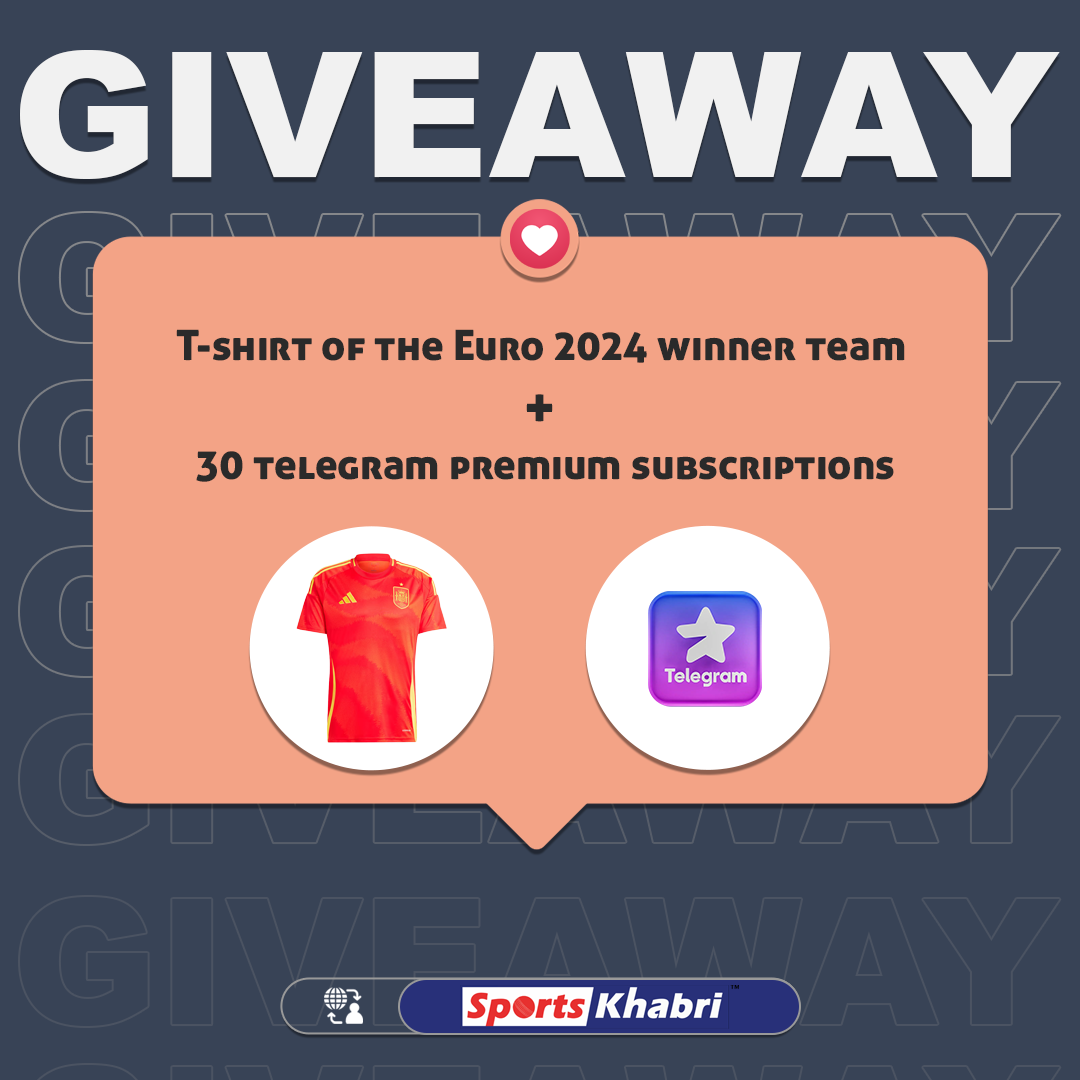
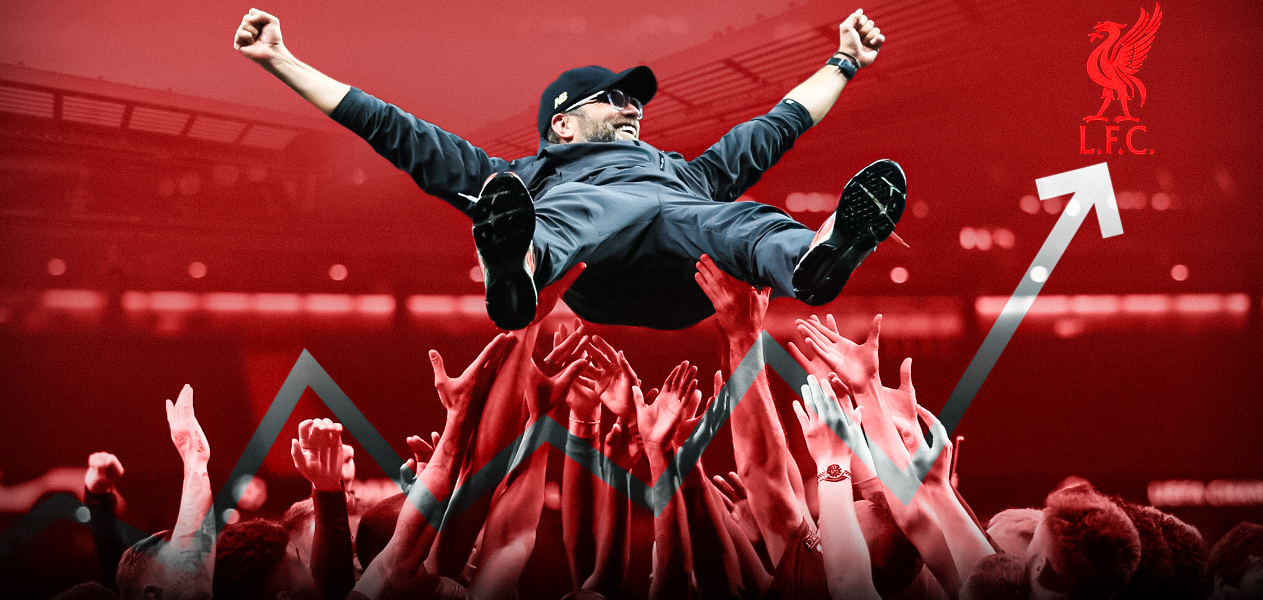
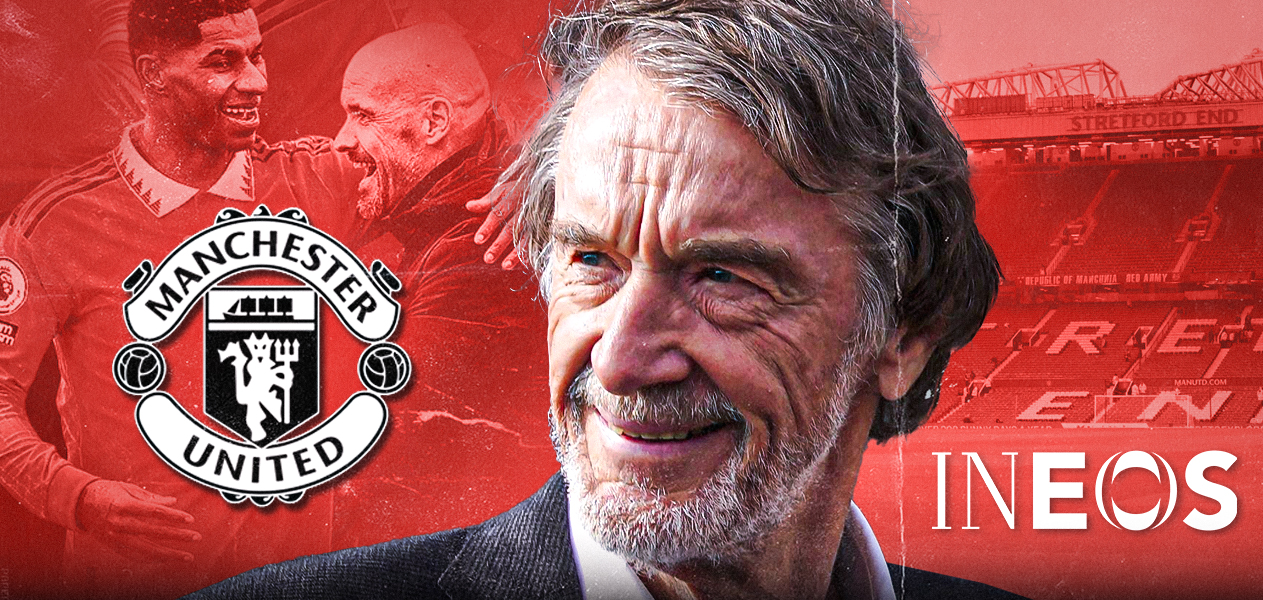
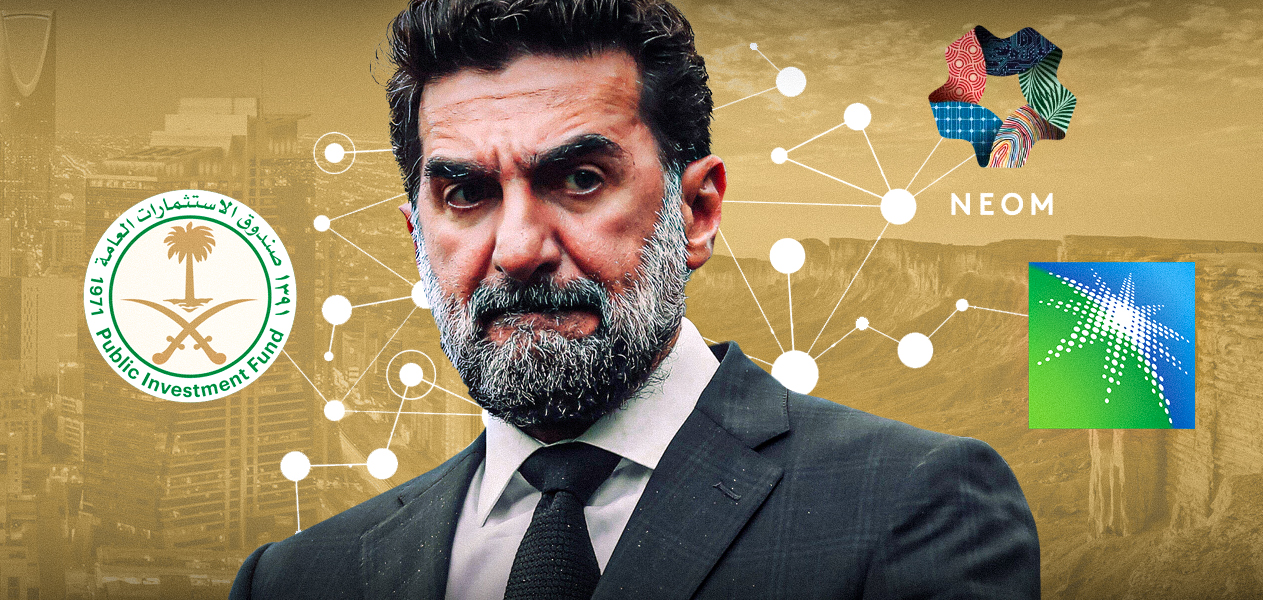
Leave a Reply
Les 20 meilleures publicités de bière du Super Bowl, classées
[…] lui-même, les publicités font partie intégrante de la journée depuis le tout début. Selon Kabri sportif, le premier Super Bowl des années 1960 impliquait des sponsors corporatifs, tout comme […]